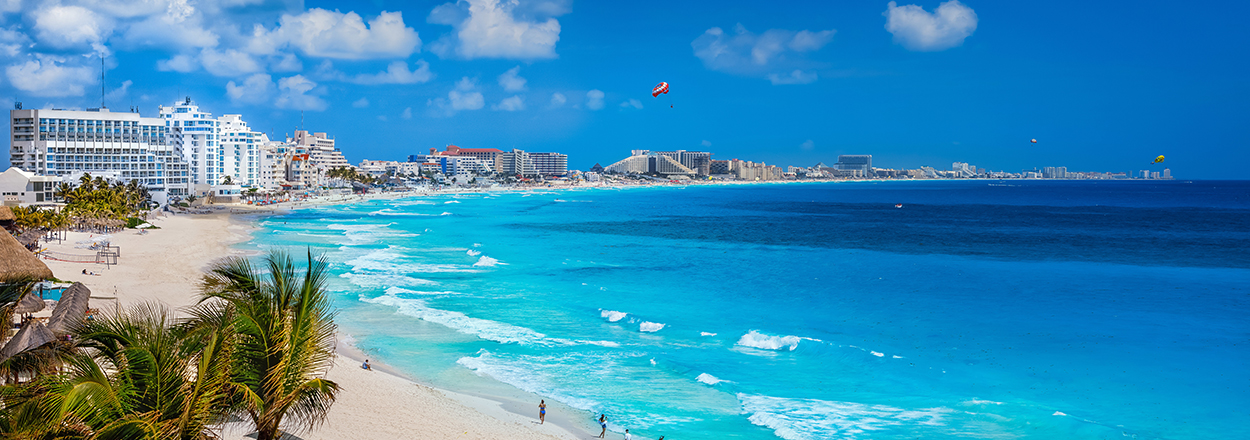A seasonal phenomenon, sargassum has had a wide-ranging impact on destinations in the United States, Caribbean and Mexico this summer. However, while reports focused on the science behind the acceleration of this issue, travelers still have more questions than answers. In Mexico, the tourism industry fought back and has put in place strong protocols to put tropics-bound travelers at ease whether they are traveling this month, upcoming winter travel season or already planning next year’s summer vacation. YesToMexico’s “Sargassum Fast Facts Guide” outlines how the tourism industry in Quintana Roo has proactively attacked the issue so visitors can prepare for and enjoy the beautiful Mexican beach vacation they imagined.
“Mexico’s tourism industry has always been fiercely committed to making sure guests have the best experience possible,” said Tom Brussow, president, YesToMexico. “No doubt, this year’s sargassum season has been unprecedented and presented some challenges. Realizing that, the resorts and local communities quickly responded and are working together to mitigate the impact to the Mexico experience further demonstrating why Mexico is the number one international destination for U.S. travelers.”
Below you'll find a quick look at YesToMexico's Sargassum Fast Facts Guide. Be sure to download the full guide here.
- Sargassum 101: Sargassum is a traditionally periodic occurrence that makes itself known on Mexico’s Caribbean Coast from April to October.
- Know Before You Go: While sargassum patterns are influenced by unpredictable natural forces, that doesn’t mean travelers cannot investigate its impact before they travel. For example, "be a spy" through 24/7 beach cams and stay in the know with the experts at Quinatana Roo's Tourism Promotion Council by signing up for updates here.
- Keeping Sargassum at Arm's Length: Some resorts have installed barrier systems to help keep sargassum off their beaches or invested in a maritime fleet to help with pick-up at sea. In Puerto Morelos, Zoëtry Paraiso de la Bonita invested in a $120,000 industrial seaweed barrier for its 1,900-foot stretch of beach, while Desire Riviera Maya Resort spent more than $96,000 to create a 918-foot-long linear barrier. Combined these barriers helped collect more than a ton of seaweed each day. Bahia Principe Hotels & Resorts launched an eco-friendly response plan that includes a network of boats to contain and redirect sargassum, while safely collecting the algae. The early results show a 95% reduction in sargassum at their resorts.
- Now You See It, Now You Don't: If sargassum does reach beaches, resorts have implemented extensive clean-up efforts. Manual beach pickup is taking place at some hotels and resorts 2-3 times per day to ensure their beaches are sargassum-free, while other resorts such as Hotel Xcaret México are taking the pick-up efforts a step further, using an aerial monitoring system to watch overnight accumulation of sargassum, and then at dawn staff complete collection taking the sargassum to Grupo Xcaret’s processing facility.
- Planning for the Future: In July, Cancun hosted a tourism industry summit in which leaders from 13 impacted countries attended to discuss short and long-term solutions to address sargassum including research and warning systems. In addition, government entities have also come together to help popular tourist destinations.
- Putting Sargassum to Good Use: While much is focused on sargassum collection, disposal is also important and many companies are learning its applications: From biofertilizer to "sargablocks" for sustainable homes.





comments